Guinea grass is suitable for pasture, cut-and-carry, silage and hay. Many Guinea grass cultivars have been developed for different purposes and agronomic situations. Guinea grass is a major pantropical grass used throughout the tropics for pasture, cut-and-carry, silage and hay. It is a fast growing and leafy grass, which is palatable to livestock with a good nutritional value and crude protein content up to 16%, dry material up to 35%. However, it is generally recommended to supplement it with sources of protein in order to meet nutritional requirements or improve animal performance. Guinea grass is a large tufted, fast-growing perennial grass. It has a broad morphological and agronomic variability, ranging in height up 10 to 12 feet, with stems of 5 mm to 10 mm diameter. The root is a short creeping rhizome; culms are erect, hirsute at the nodes. Leaves are blade-shaped, glabrous to pubescent up to 35 mm broad. Inflorescence is a panicle, 15 to 50 cm long. Spikelets are 3-4 mm green to purple. Guinea grass yields is about 120 ton to 150 ton per hector per year in 5 to 7 cuttings. The yields depend on the cultivar and fertilizer application. It is suitable to cultivation for all weather and soil.
Guinea grass is suitable for pasture, cut-and-carry, silage and hay. Many Guinea grass cultivars have been developed for different purposes and agronomic situations.
Guinea grass is a major pantropical grass used throughout the tropics for pasture, cut-and-carry, silage and hay. It is a fast growing and leafy grass, which is palatable to livestock with a good nutritional value and crude protein content up to 16%, dry material up to 35%. However, it is generally recommended to supplement it with sources of protein in order to meet nutritional requirements or improve animal performance.
Guinea grass is a large tufted, fast-growing perennial grass. It has a broad morphological and agronomic variability, ranging in height up 10 to 12 feet, with stems of 5 mm to 10 mm diameter. The root is a short creeping rhizome; culms are erect, hirsute at the nodes. Leaves are blade-shaped, glabrous to pubescent up to 35 mm broad. Inflorescence is a panicle, 15 to 50 cm long. Spikelets are 3-4 mm green to purple.
Guinea grass yields is about 120 ton to 150 ton per hector per year in 5 to 7 cuttings. The yields depend on the cultivar and fertilizer application. It is suitable to cultivation for all weather and soil.

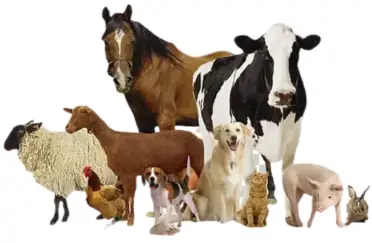






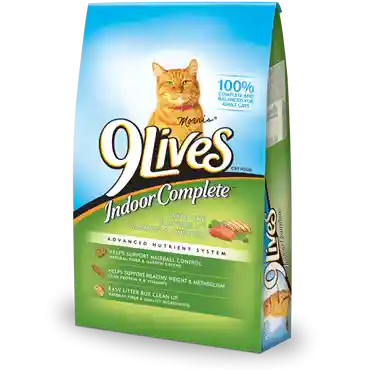

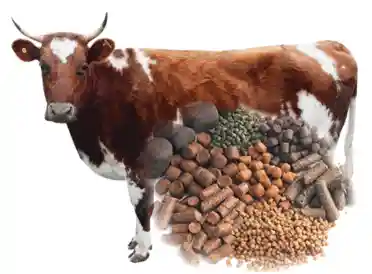


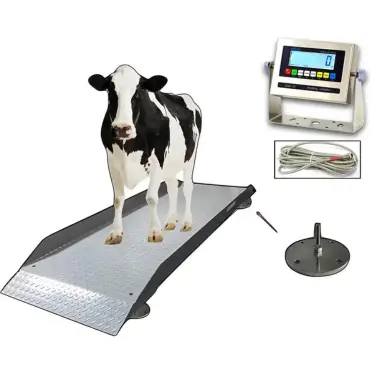





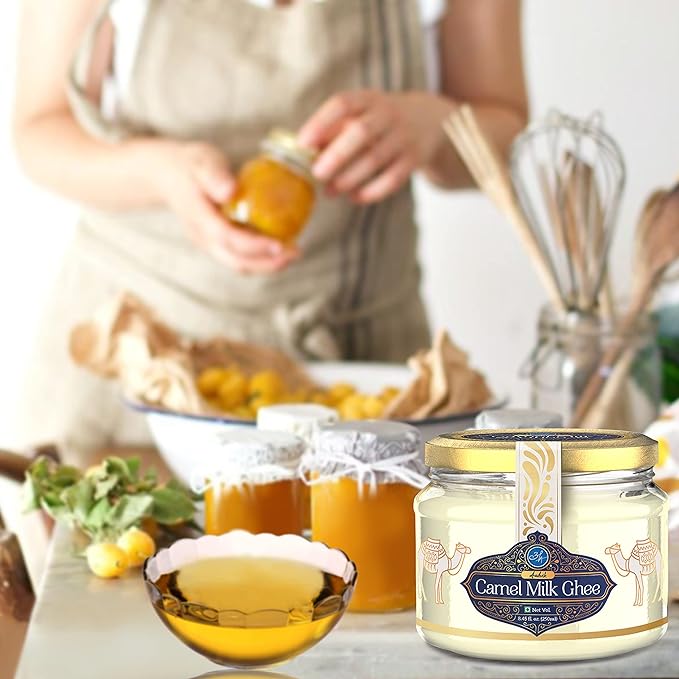

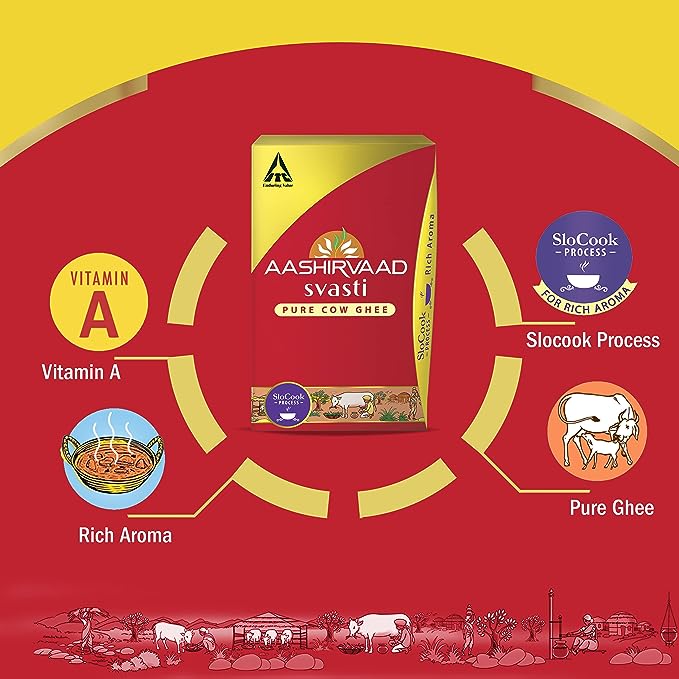

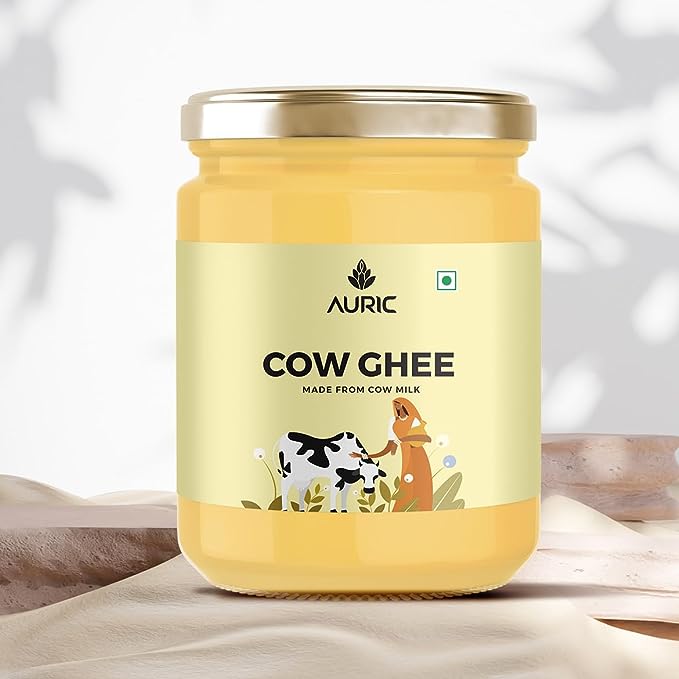
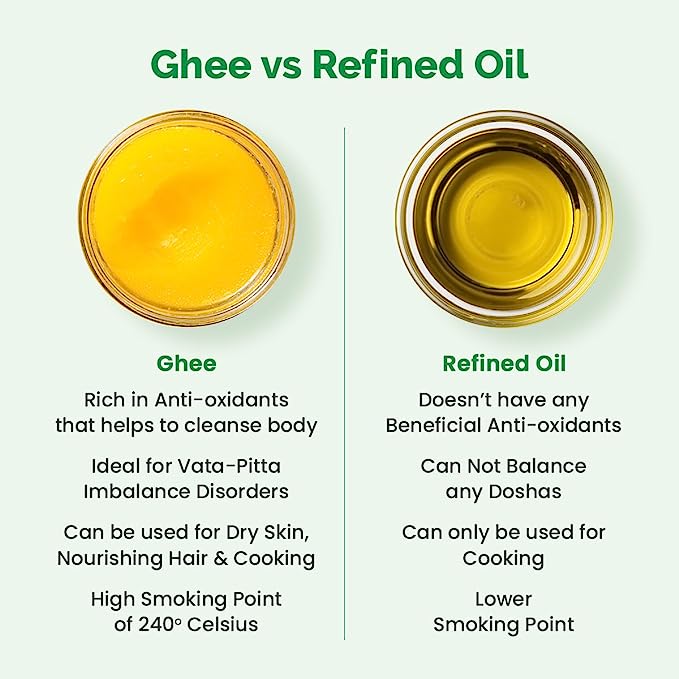
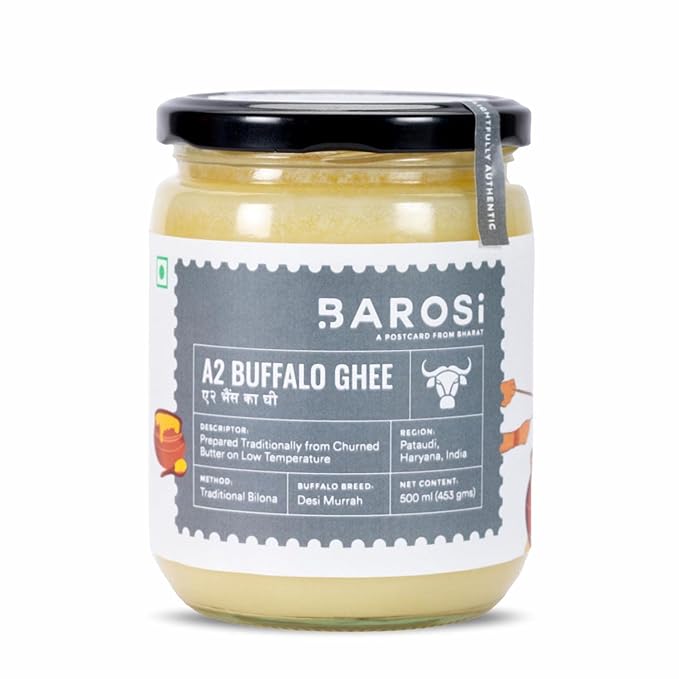
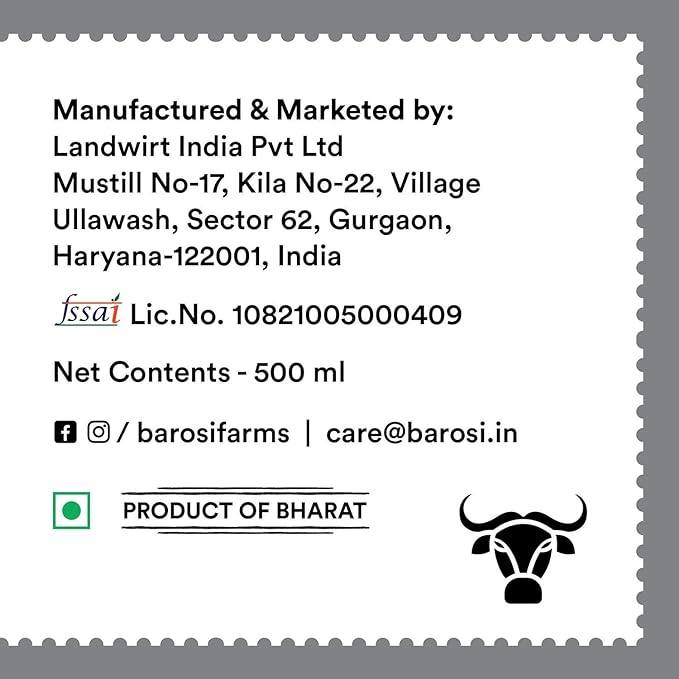

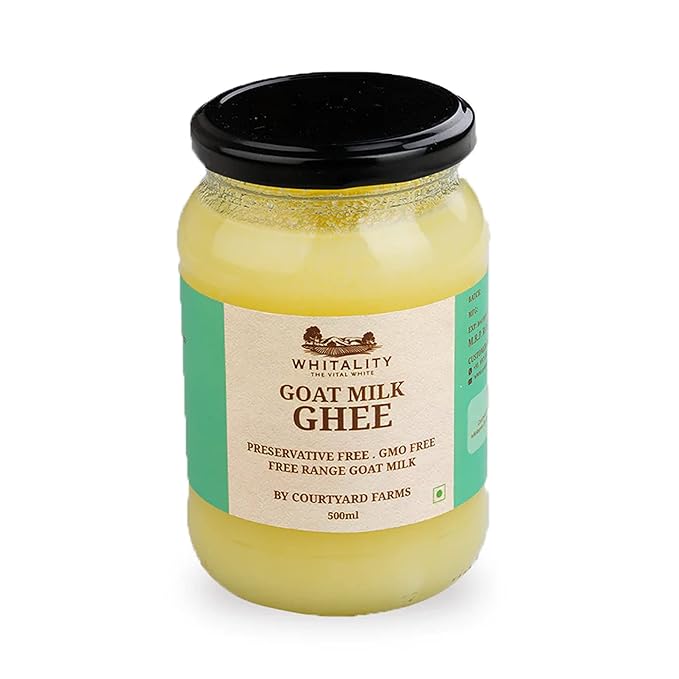





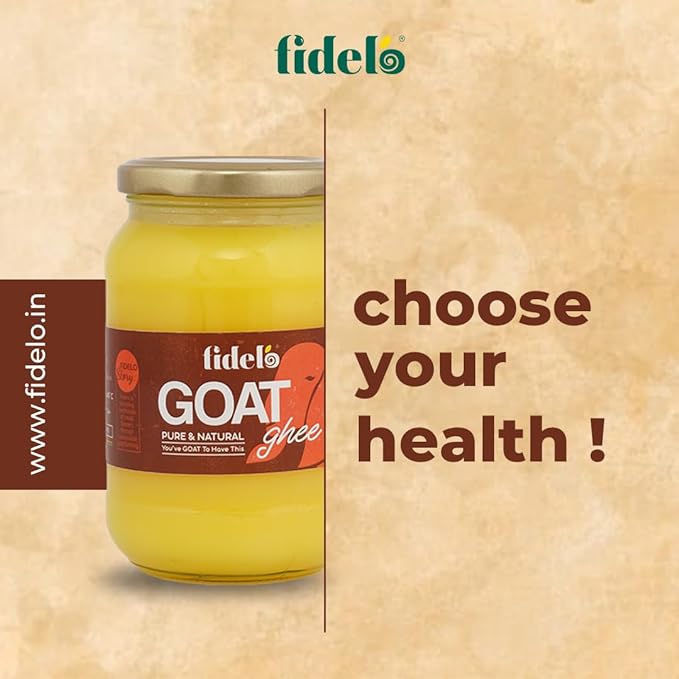





















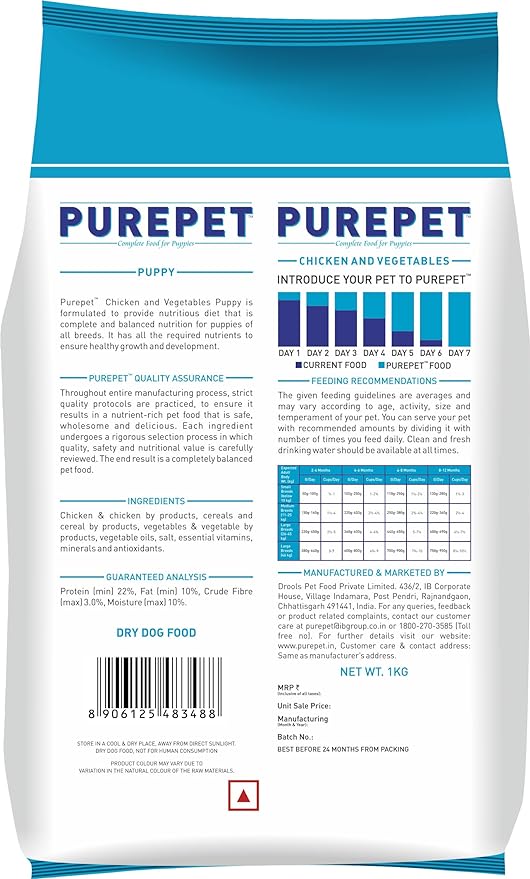
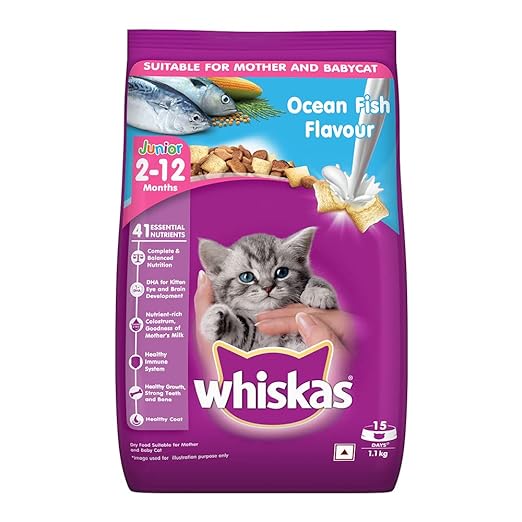
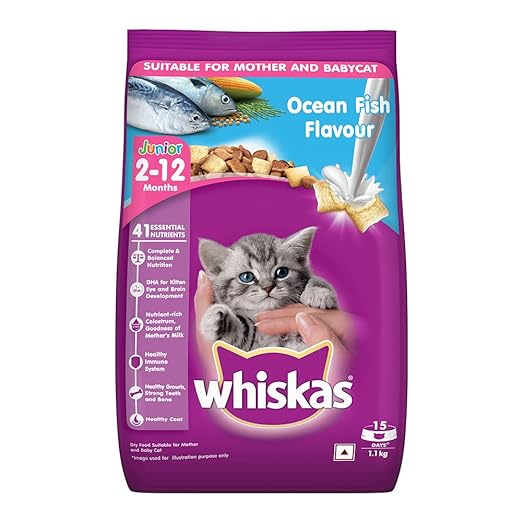

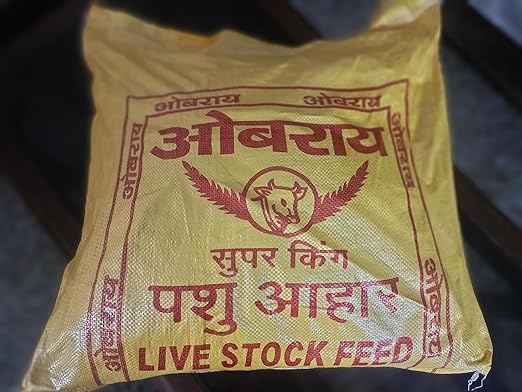
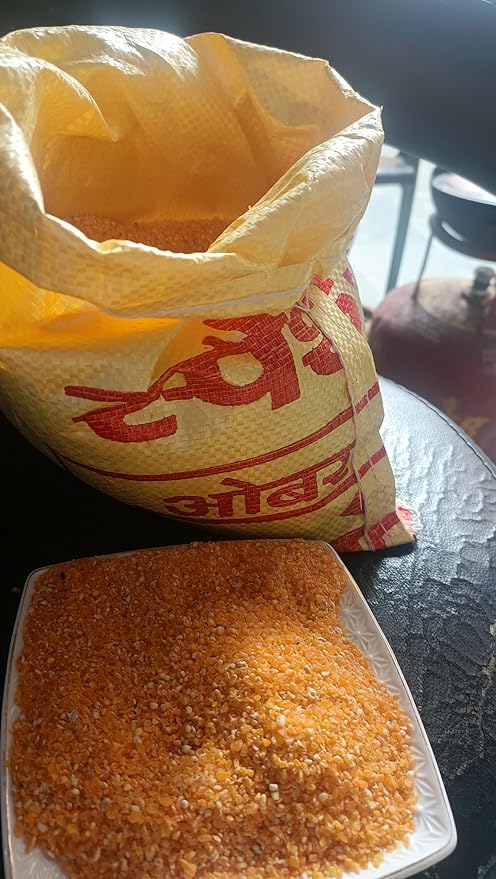








Reviews
There are no reviews yet.